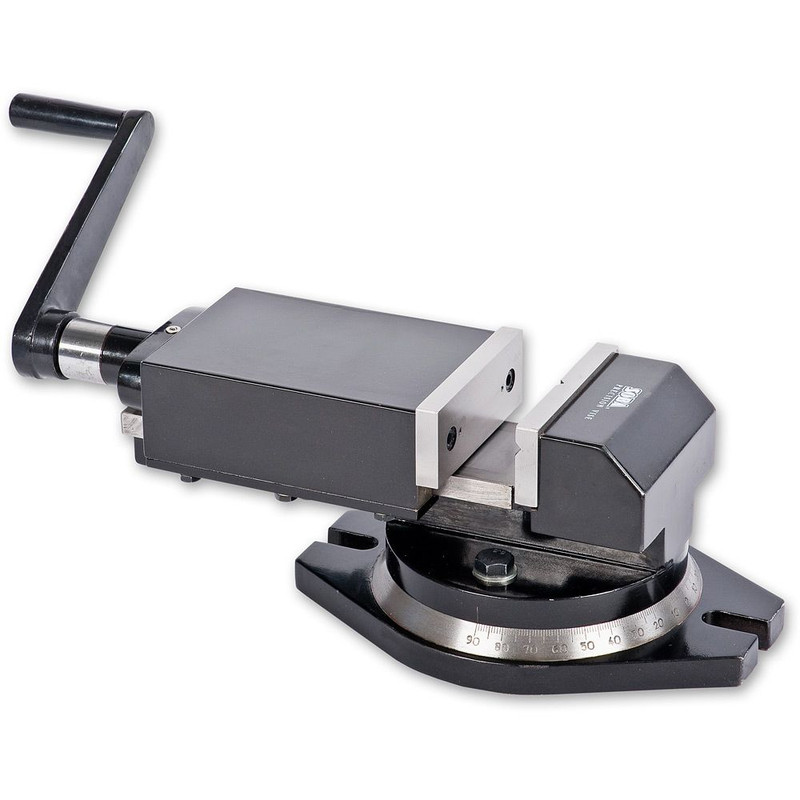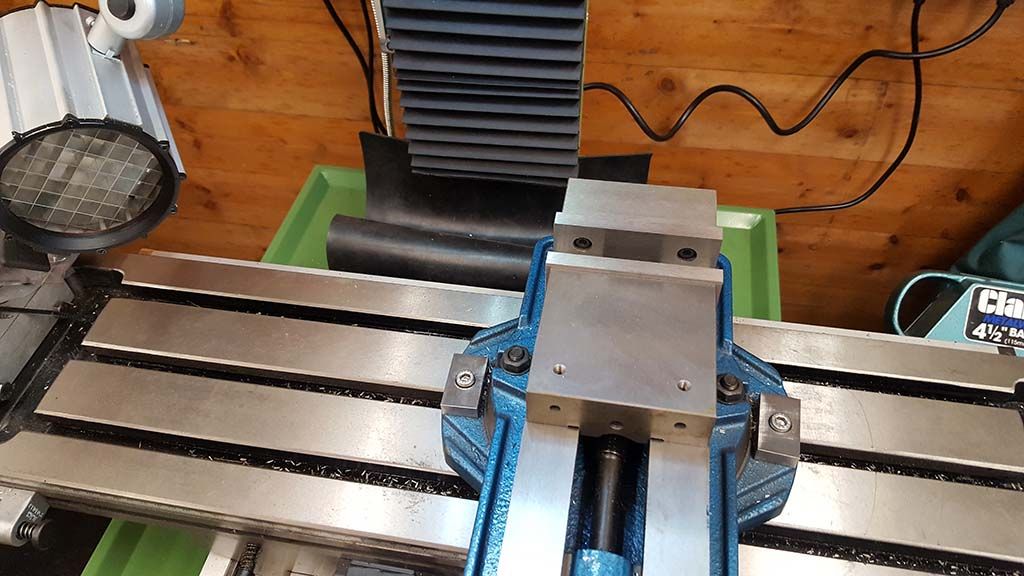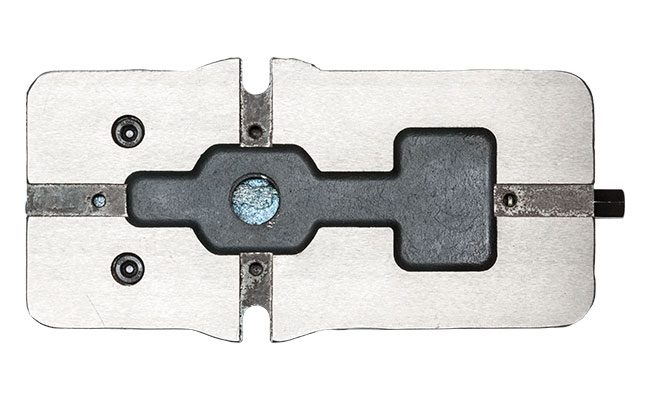I leave the rotating bases on my pair of normal use vices. But I drive a Bridgeport so I've got more headroom than folk with smaller machines and the lost inch+ is no great issue.
Can't be bothered with keys and the like. Simply pulling the vice back so the bolts are both hard against the edge of the Tee slots before final tightening is repeatable to something between a quarter and half a thou per inch of jaw width. Good enough for ordinary jobs. Each holding down slot has its own designated set of Tee nut, bolt and washer which Intake great care not to interchange.
Way back I contemplated something a little more engineering like with Tee nuts in the vice slots engaging with special Tee nuts in the table slots to give flat surfaces for registration. Still wouldn't have been perfect so the effort didn't seem worthwhile.
If you drop the rotary base it would be sensible to cut the slot sides dead parallel to the jaws with the vice inverted and gripping a suitably aligned block on the lathe. Could simply pull back against the bolt, as I do, but a stepped Tee nut on top dropping down into the table slot a little might be worth the effort.
Jason has previously reported that he also uses the pull back against the bolts method with a plain base vice and has negligible alignment error. Tenths per inch at worst. Generally vice fixing slots aren't something where great efforts are made to accurately machine them.
Buy the very nature of manufacturing methods the sides will be close to parallel with the jaws but how close is matter of luck. I'd say better than 5 thou per inch of jaw width on a 4 inch vice can be expected but its not something specially checked by the maker so Jason got lucky.
A survey might be interesting. I'd put money on the simple pull back method errors for decent, but still affordable, vices clustering around the 2 to 3 thou per inch. The ground all over CNC specific and toolmakers vices being different issue by they generally don't have slots.
Clive
Buffer.








